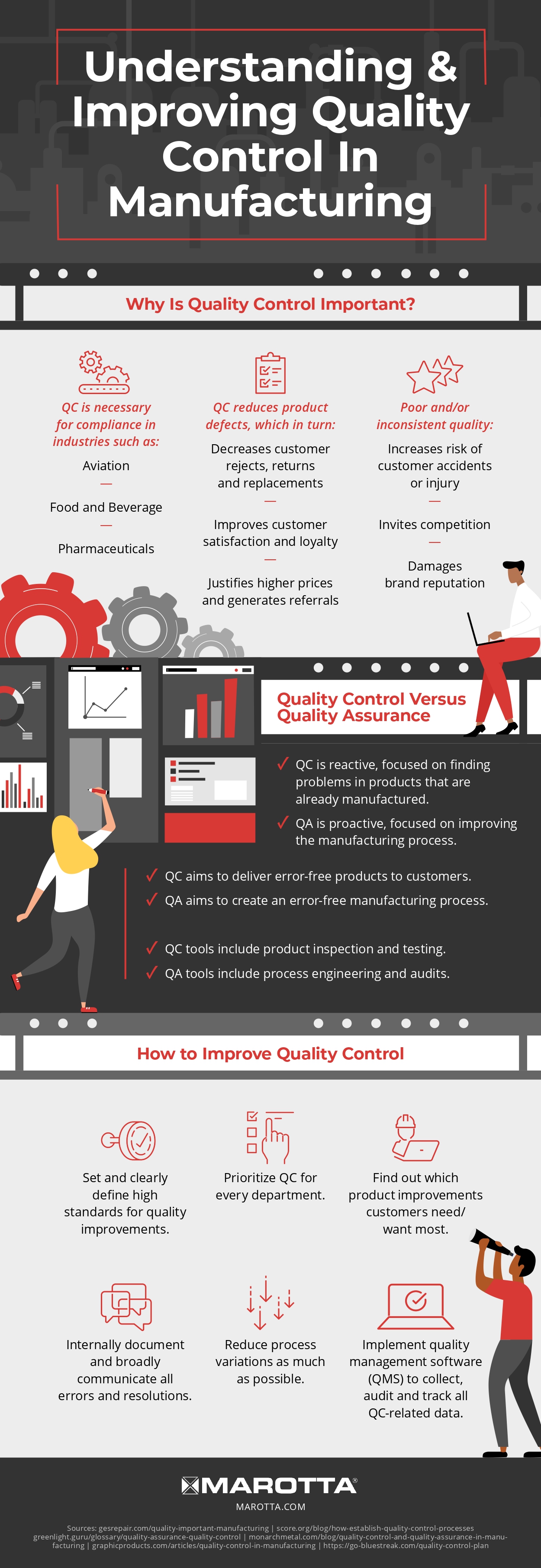For any organization that relies on inventory, calculating safety stock is a crucial component of inventory planning. To keep their operations operating smoothly and please their consumers, all businesses require a constant supply of goods. However, there are situations when stock-outs happen abruptly, against the forecasted demand, and with little notice.
Inventory planning software can consider dynamic safety stock, shelf life, fill rates, and existing inventory levels to automatically calculate dynamic safety stock levels.
Overview of Dynamic Safety Stock
The best way to utilize the resources in your warehouse and catalog for online sales is to keep your inventory up-to-date. Constant transactions, including sales, purchases, and returns, make it challenging to maintain the proper stock level without having too much or too little. Have you ever heard of dynamic safety stocks?
Why Should Businesses Utilize Dynamic Safety Stock?
By accurately calculating your dynamic safety stock, you may optimize your inventory and prevent excesses that would require selling off the product because the season was coming to an end or it was getting close to its expiration date, among other undesirable outcomes.
Static safety stock describes a traditional stock continuously maintaining an additional fixed stock level, and future orders replenish each item sold. On the other side, dynamic safety stock enables you to modify the quantity of restocked items in accordance with volumetric demand and seasonal variations.
Using this technique, you can modify the safety stock to meet the current requirements of your e-commerce firm at any time. When demand declines, you can keep enough inventory in the warehouse to satisfy sales projections and prevent storage debt.
Safety Stock Challenges
All inventory planners must strike a balance between keeping the right amount of seasonal product on hand to prevent stockouts, keeping as little safety stock as possible, and maintaining the quantity of basic stock necessary to maintain your target service level.
The secret to improving safety stock performance and helping businesses save money while satisfying service level criteria is an intelligent adaptation to widely diverse demand behaviors.
Most inventory management technologies assume a coverage period or a normal distribution to avoid overestimating the amount of safety stock required to cover variability. This results in inflated costs and excess stock.
What Factors Influence Dynamic Safety Levels?
Demand Variability:
High dynamic safety requirements should be maintained for quickly moving items with significant unpredictability. Inventory planning systems hone their ability to estimate demand with accuracy, lessen demand volatility, and recommend appropriate safety levels. Dynamic Safety Levels give organizations greater control over their supply chains by enabling them to spend solely on high-risk products, maximizing working capital.
Service Levels:
A very effective technique to prevent overstocking inventory and service levels is to optimize service levels. Inventory planning systems categorize the entire SKU group into ABC classes, which enables demand planners to maintain adequate service levels.
How to Set Your Dynamic Safety Stock?
An adjusted and accurate demand estimate created to maximize the resources available to your online business is required to determine the optimal dynamic safety stock level for each product.
Dynamic safety stock is determined by various factors, such as sales, product availability, seasonal demand peaks, discounts used, and sales channels. All this sales data will be provided by inventory planning software to assist in stock optimization for your store.
Your store has a dynamic safety stock for each item, which varies depending on the product. Standardized rules keep the same proportion of blocked units available for sale and can cause you to err. However, by incorporating data intelligence into your catalog, you’ll be able to attain the ideal level of safety stock and permit it to change over time, mostly eliminating errors.
Identifying Dynamic Safety Levels with Inventory Planning
1. Demand Variability:
The average squared difference between actuals and expectations on a daily level is used to calculate demand variability.
2. Service Level Factor:
Depending on how the SKU value is classified, inventory planning software will employ various service level multipliers. SKU categorization is done on an ABC level, and the service level used for high-value SKUs is 95%, which implies it can account for up to 95% of the historical discrepancies between actuals and forecasts.
3. Plan Coverage Days:
This plan addresses the duration and number of covered days and supplier lead times.
4. Supplier Fill Rate:
The percentage of orders a supplier has typically filled is known as the supplier fill level. The fill rate modifies safety stocks by utilizing past purchases and GRN data at the SKU-vendor level. When determining order suggestions in the software, supplier lead time variability can be considered by utilizing the 95th percentile of supplier lead time.
The business’s growth trajectory is the last factor when determining dynamic safety standards. A business that is aggressively growing and stepping up its marketing may need to adjust its inventory levels to consider anticipated sales growth.
About the Company
Fountain9’s inventory planning software, Kronoscope, helps retail businesses calculate safety stock accurately. With its dynamic demand sensing and inventory planning capabilities, Kronoscope enables businesses to maintain safety levels that are flexible enough to manage cash flows and working capital.

Infographic created by Marotta Controls, Offering High-Performance Control Systems Developed Fully In-House

